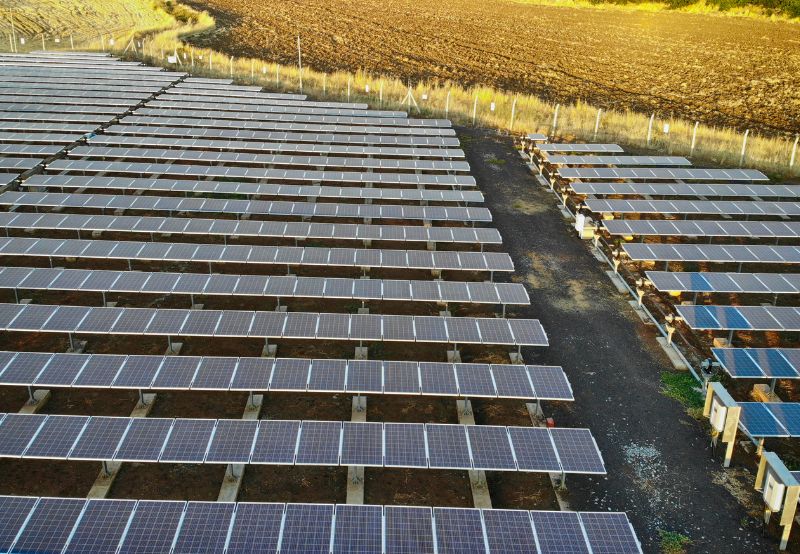Abstract
The last remnants of lowland forests in eastern Africa are biodiversity hotspots as they host a unique set of endemic animal and plant species. However, the diversity of the forests is threatened by man-made disturbances, including the introduction of non-native plant species. Here, we assessed the current extent and drivers of the spread of the invasive neotropical tree, Cedrela odorata L., introduced to Kimboza Forest Reserve in 1957 and 1960. We also assessed the impacts of the invasion on the composition of native tree recruitment (height < 0.5 m). The extent of invasion and drivers was assessed in 107 square plots (10 × 10 m) and 240 subplots (2 × 2 m) distributed systematically throughout the forest. The impact of C. odorata was assessed in 24 paired square sample plots (10 × 10 m) that were established in forest patches invaded and uninvaded by C. odorata. By 2017, adult C. odorata trees (diameter at breast height (DBH) ≥ 10 cm) occurred in 43% of plots and comprised, on average, 32% of the stems of all tree species and 28% of the basal area. The occurrence of C. odorata in the forest was significantly associated with the occurrences of wildfire and illegal logging, and significantly affected the density of native tree recruitments, Sorindeia madagascariensis and Rinorea arborea but did not affect the species diversity. Management actions are needed to reduce the negative impacts of invaded forest patches and prevent the uninvaded forest patches from invasion.
To access full paper, please visit https://link.springer.com/article/10.1007/s10530-023-03136-x




